The national collection of rambling roses at Moor Wood, 'one of midsummer’s most beautiful and romantic gardens in England'
Charles Quest-Ritson visits the National Collection of rambling roses, which shows these most romantic of plants at their very finest. Photographs by Britt Willoughby-Dyer for the Country Life Picture Library.
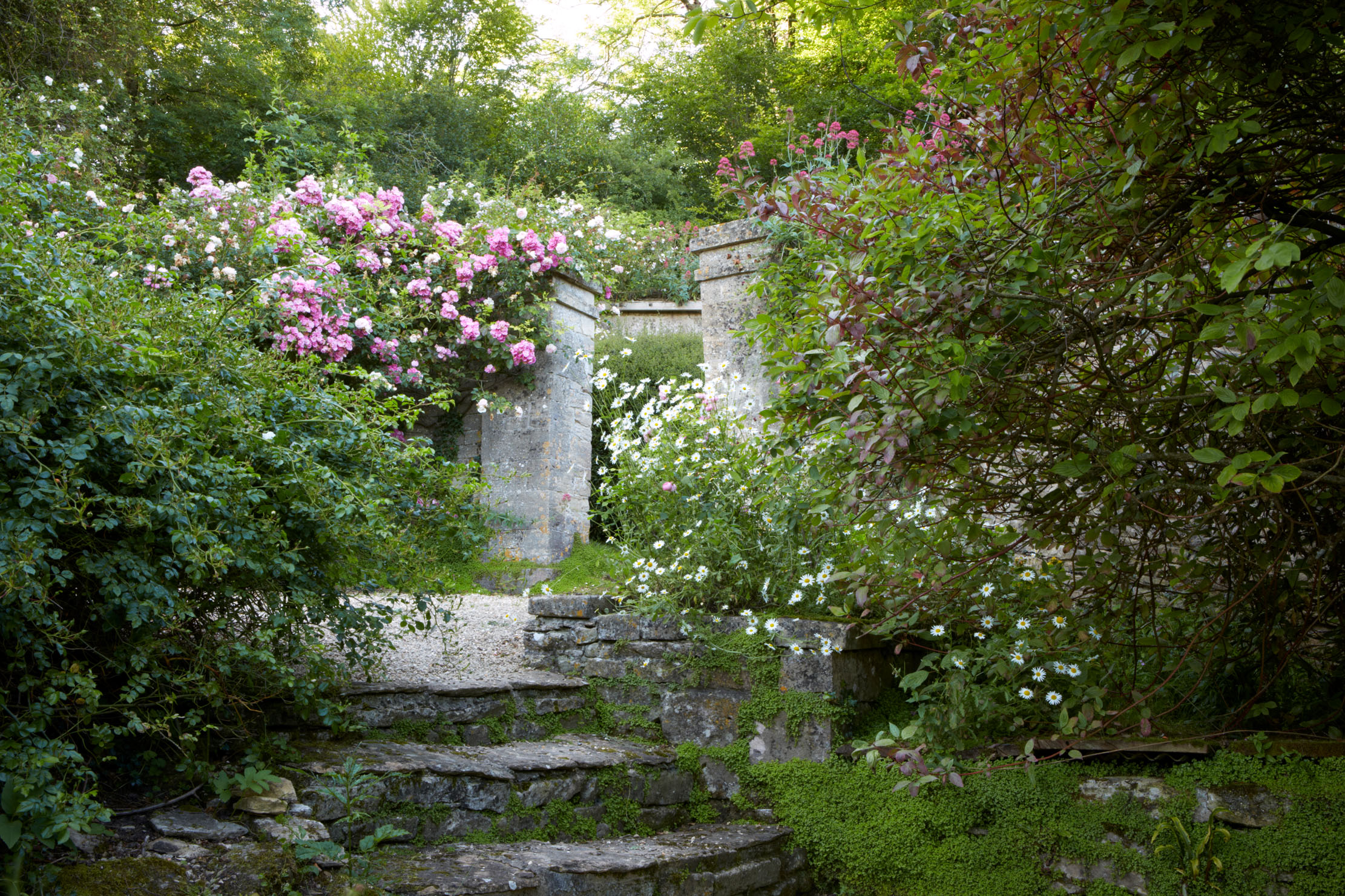
The National Collection of Rambler Roses at Moor Wood is a glorious tableau of colour, beauty and scent, worth a long journey to see at the height of its midsummer loveliness.
The collection began in 1983 and is still expanding, thanks to the commitment of Henry and Susie Robinson, who put it together and remain faithful to their dream of collecting all known varieties of rambler roses before they are lost to gardens and gardeners. Most were bred between 1890 and 1930; many are rare and some are extinct, at least in Britain. Making the collection is conservation in action.
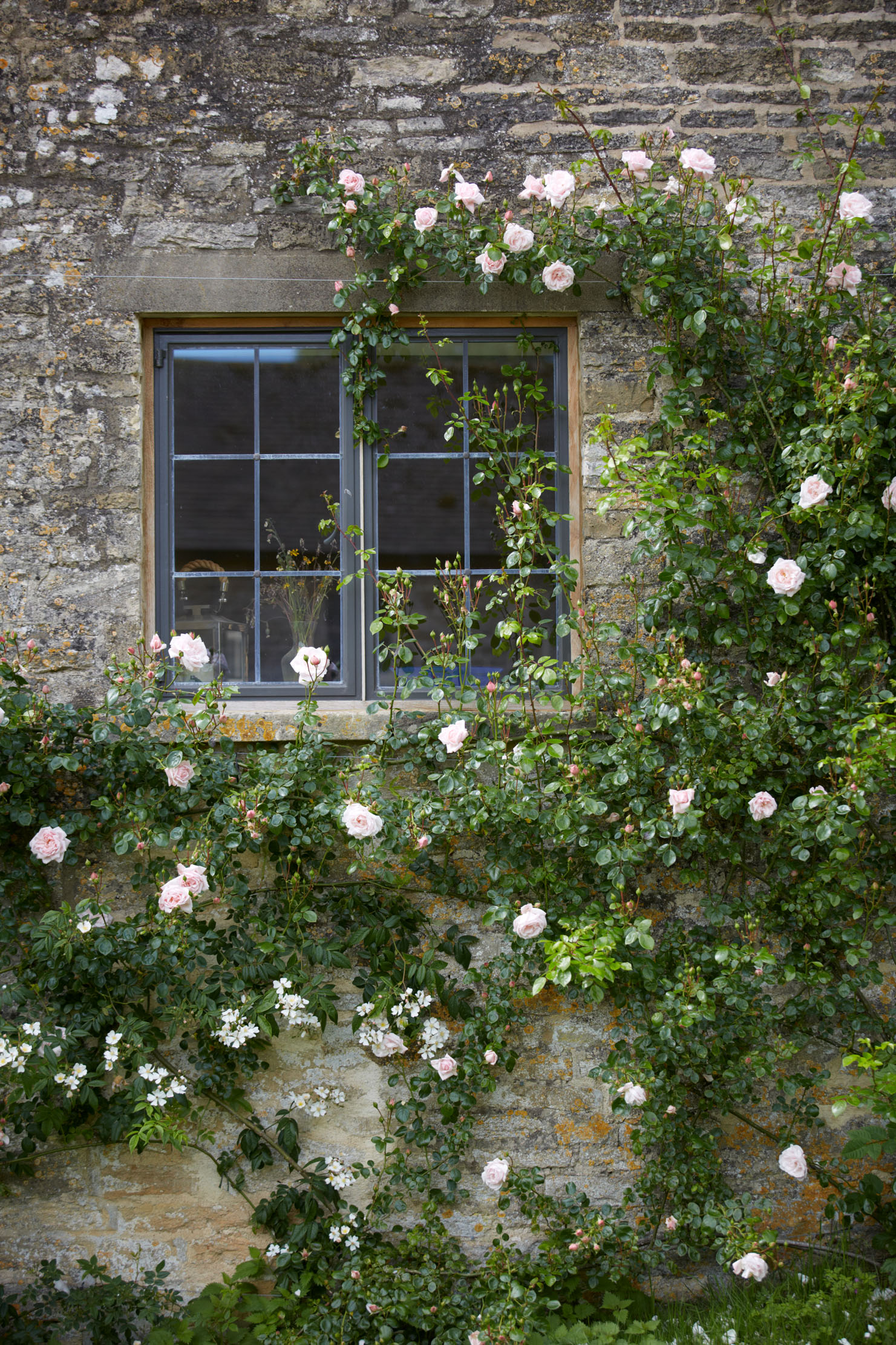
It all came about in an unusual way. The Robinsons were about to be married and knew that, eventually, they would take over the big house at Moor Wood. They decided that they needed a good theme to resurrect the two-acre garden and adapt it to modern exigencies.
This was a time when Plant Heritage, then known as the National Council for the Conservation of Plants and Gardens [NCCPG], was looking for people to establish National Collections.
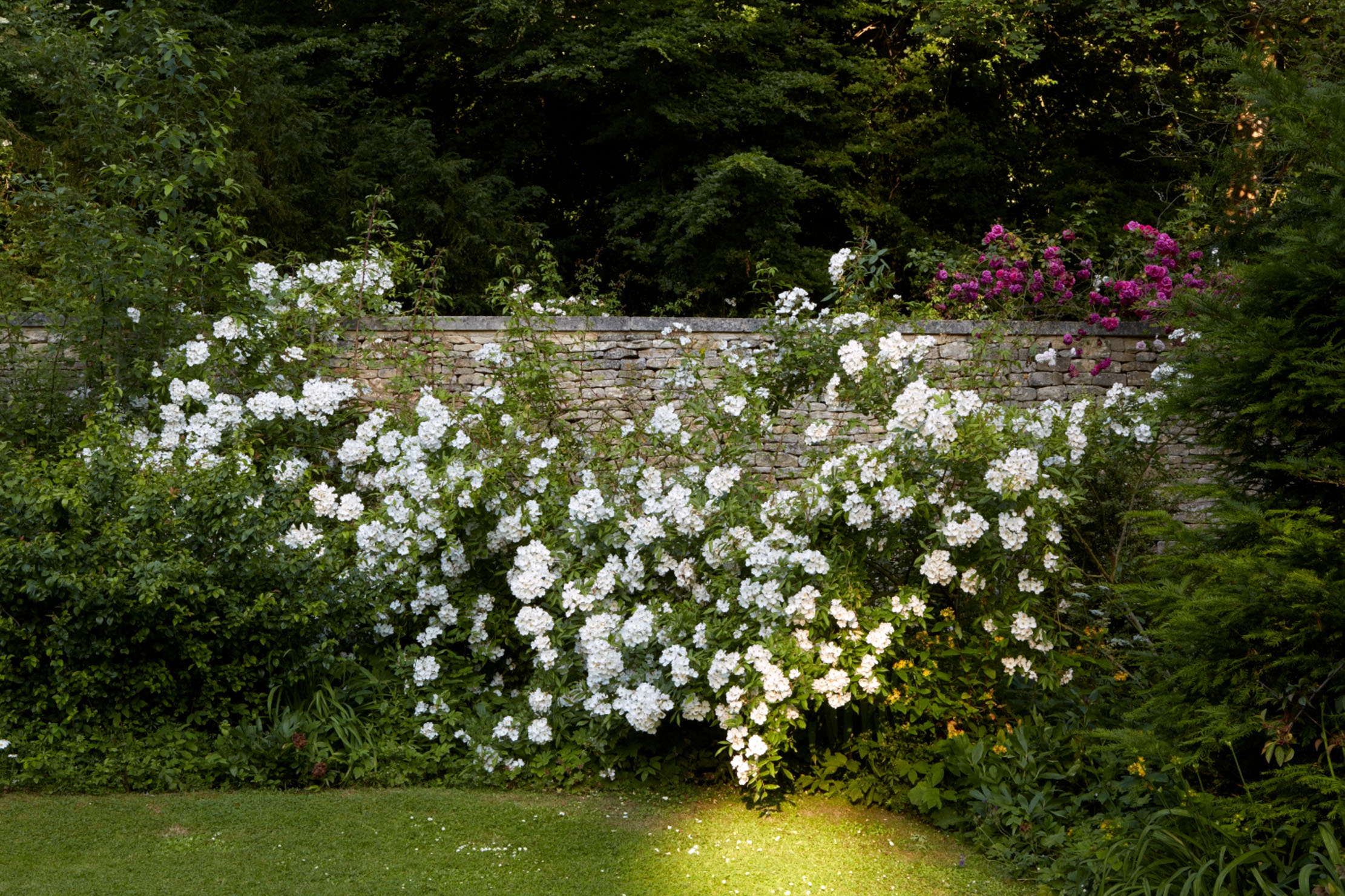
The Robinsons’ friend Andrew Lyndon-Skeggs showed them a list of the genera for which the NCCPG was hoping to find custodians and the Robinsons realised immediately that rambler roses were a perfect choice for the Cotswold stone of their walled garden, fitting with the wild, rather romantic effect they thought they could create. Ten years later, the 100 different roses they had planted were recognised by the NCCPG as the National Collection of Rambling Roses.
Still expanding, it now stretches to more than 150 ramblers — Multifloras, Wichuranas, Ayrshires, Sempervirens hybrids and more.
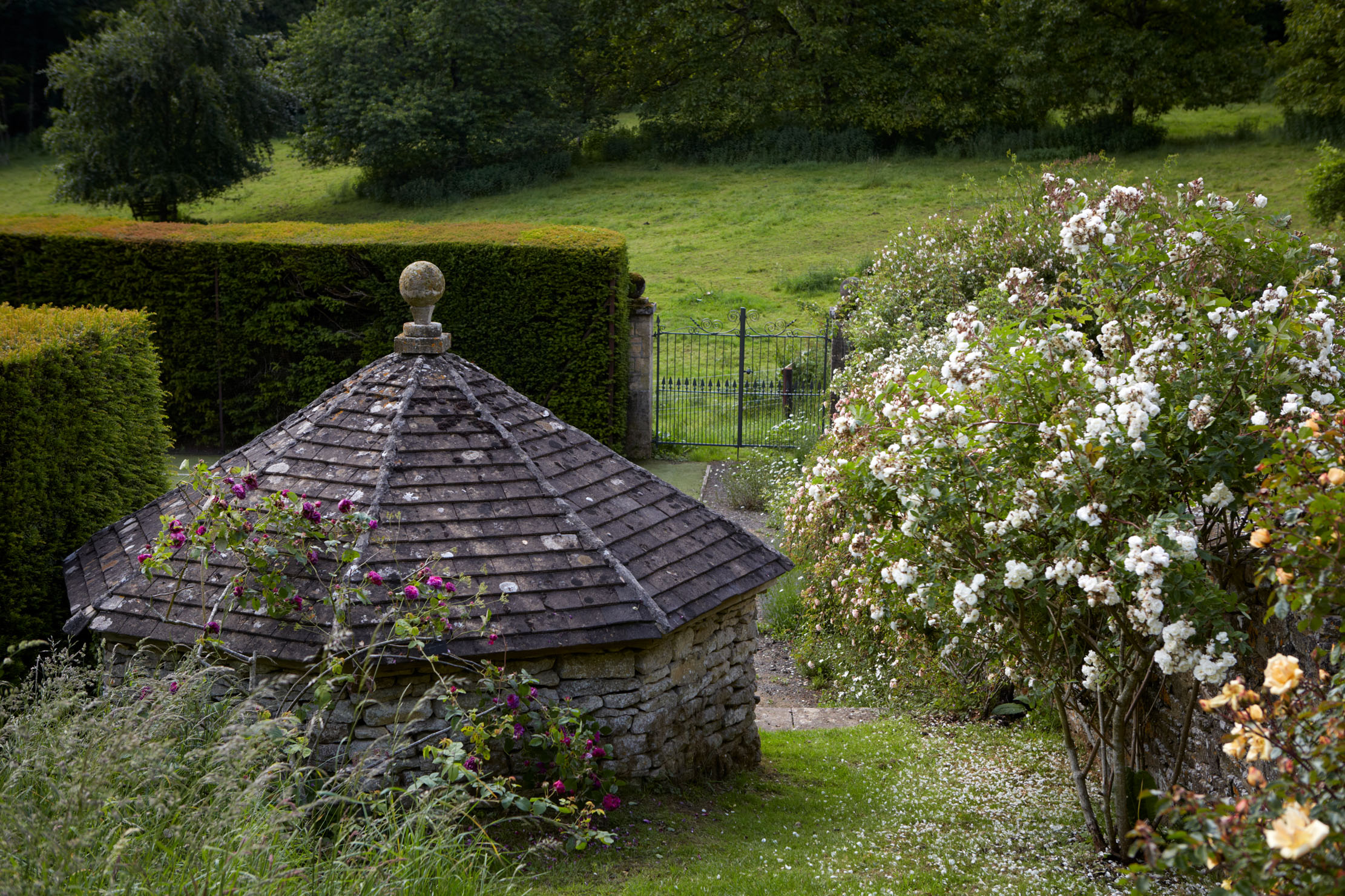
Mr Robinson farms 1,000 acres of Cotswold brash soil, with a thin and stony layer of clay over the oolitic limestone rock and a pH of about 8. It’s not ideal for rose-growing, but rambling roses are vigorous, thrifty growers and usually fare well enough. The garden is at 750ft and too cold for Banksian roses or Cooper’s Burmese, even on a south-facing wall; anything that does well at Moor Wood will survive in most parts of Britain.
Sign up for the Country Life Newsletter
Exquisite houses, the beauty of Nature, and how to get the most from your life, straight to your inbox.
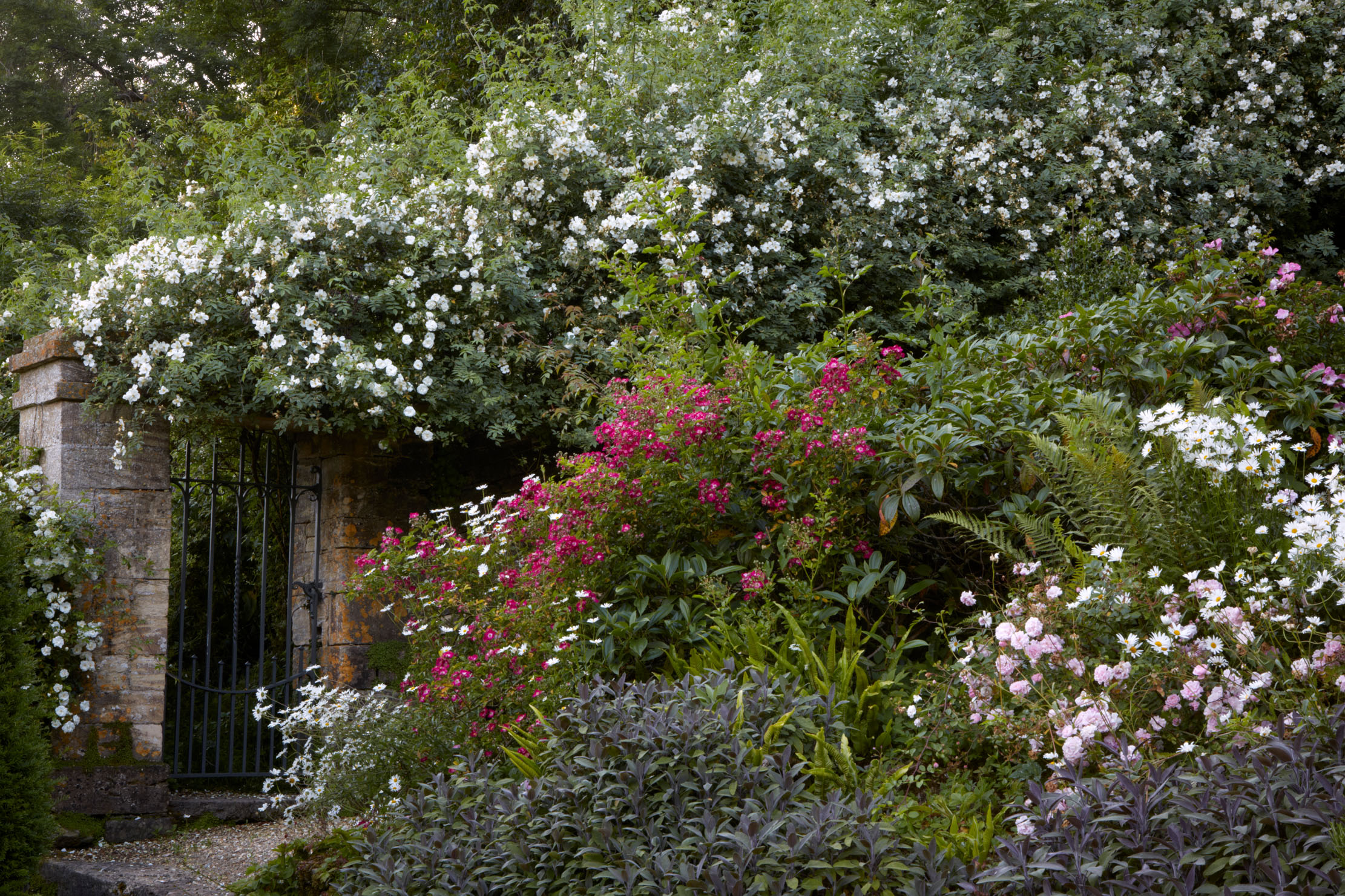
The Robinsons began by acquiring all the rambling roses available from British nurseries and grouped them around the garden according to colour — ‘landscaping with roses’ is how Mrs Robinson describes it. Next, they started to look for varieties no longer available in Britain, which were still grown in France, Germany and the US. None of the three earliest to flower, usually in the first half of May, was raised in Britain: Gruss an Zabern was bred in Germany, Morletii in France and Dawsoniana in Massachusetts in the US.
Rambler roses are not quite the same as climbing roses. Garden-writer extraordinaire Hugh Johnson explains: ‘Climbers are those which tend to produce stiff stems in relatively small numbers (not “breaking” very often from the base): ramblers usually have more pliable and whippy shoots in larger numbers, tending not to grow so long because new ones are regularly coming from ground level to take over.’
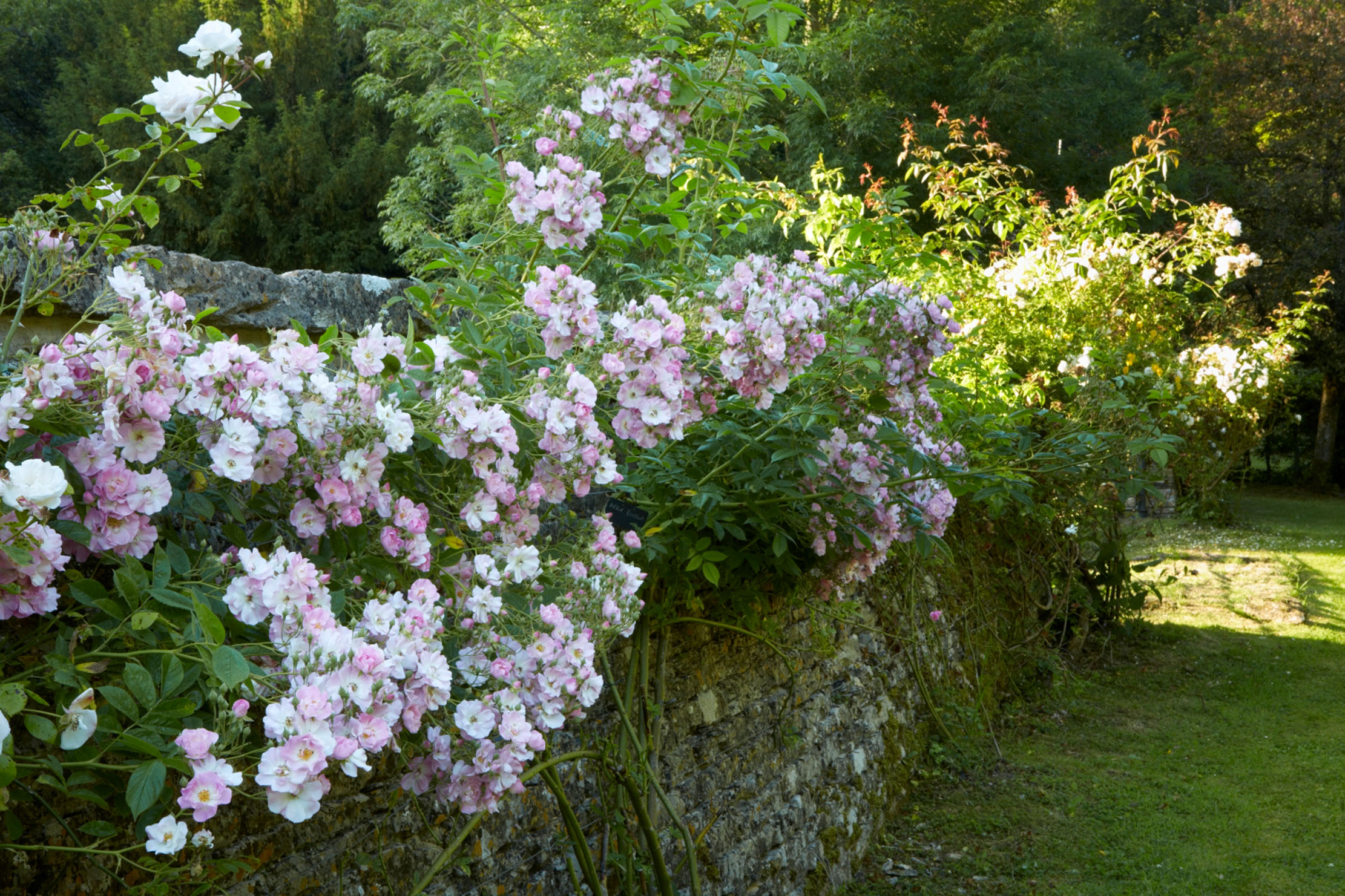
There is another difference: ramblers have a greater admixture of wild-rose species in their genetic make-up. In their more immediate ancestry, they usually have a species such as Rosa wichurana or R. multiflora, but climbing roses are more closely related to complex hybrids, including the hybrid teas and Flori-bundas. Most ramblers flower only once, but there are some repeat-flowerers, such as Aristide Briand and the ever-popular Phyllis Bide.
That said, most ramblers flower on last year’s wood. Pruning means taking out, down to ground level, all the wood that has finished flowering. The new growths this encourages are then tied to wire strainers.
“The only feeding the ramblers receive is half a barrowload of horse manure in winter”
The Robinsons do all pruning between the end of June and the end of September, before and after harvest time on the farm. They were fortunate to receive advice in the early years of their garden-making from Graham Stuart Thomas, the great populariser of old roses. He encouraged them not to train their ramblers against the walls, but to take them up to the top and let them hang over — advice that is still the making of the display at Moor Wood today. As the garden is on a slope and the walls are of variable height, most of the roses can be seen and enjoyed without peering up.
Not all the roses here are planted against walls. Many are encouraged to develop as free-standing shrubs, 6ft to 8ft tall, in borders in areas such as the rock garden, originally made by Mr Robinson’s grandmother in the 1930s, but now almost wholly given to roses.
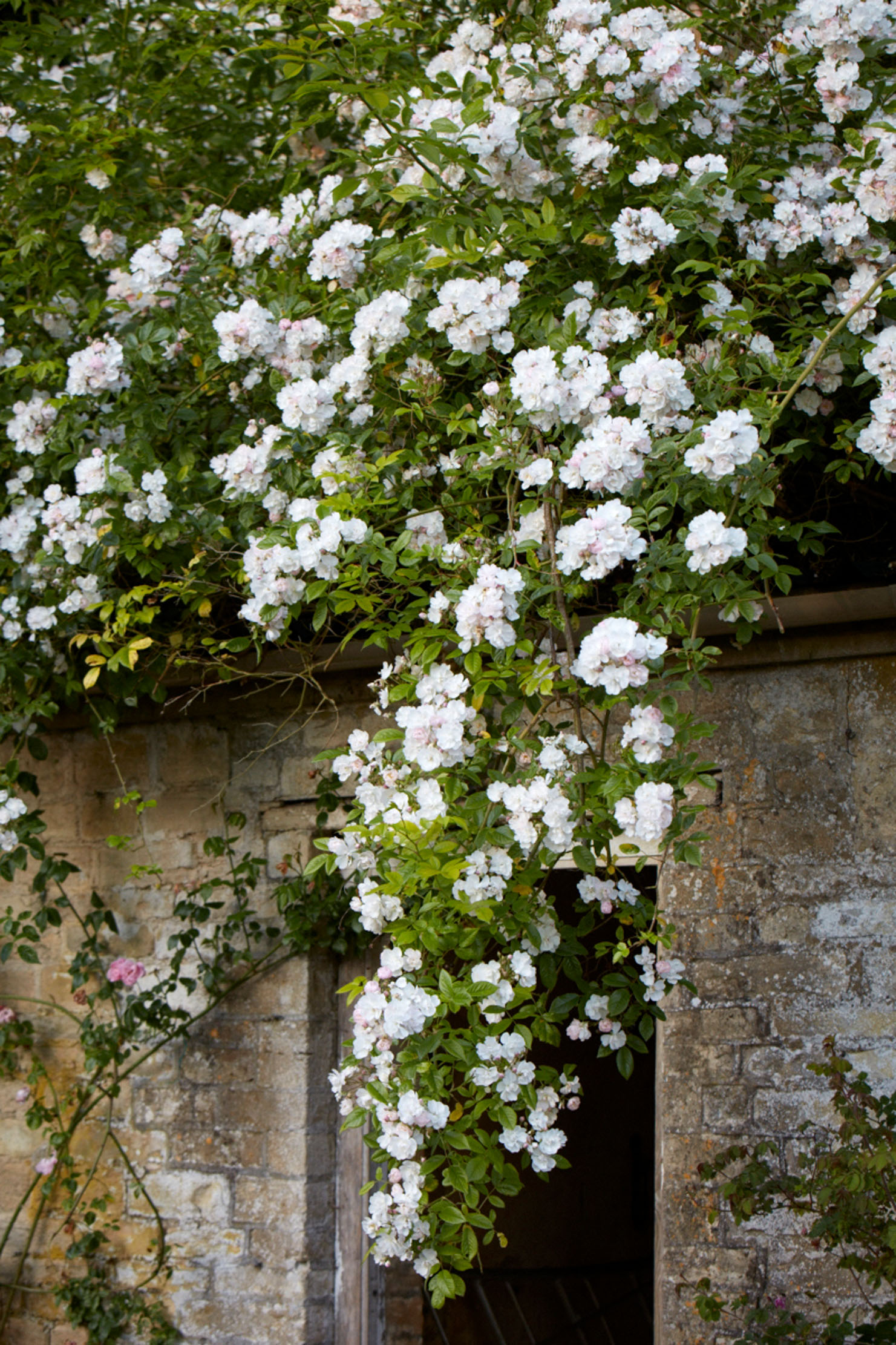
La Mortola climbs to 40ft up an ashtree and grey-leaved Wickwar billows down the hillside for perhaps as much as 50ft; the latter was a gift from friend Keith Steadman, in whose garden at Wickwar it first appeared as a stray seedling. Another great Gloucestershire rosarian is commemorated by Rosa Tom Marshall, introduced by his son Keith, who had a fine rose garden at North Nibley, although the rose itself is no longer available in Britain.
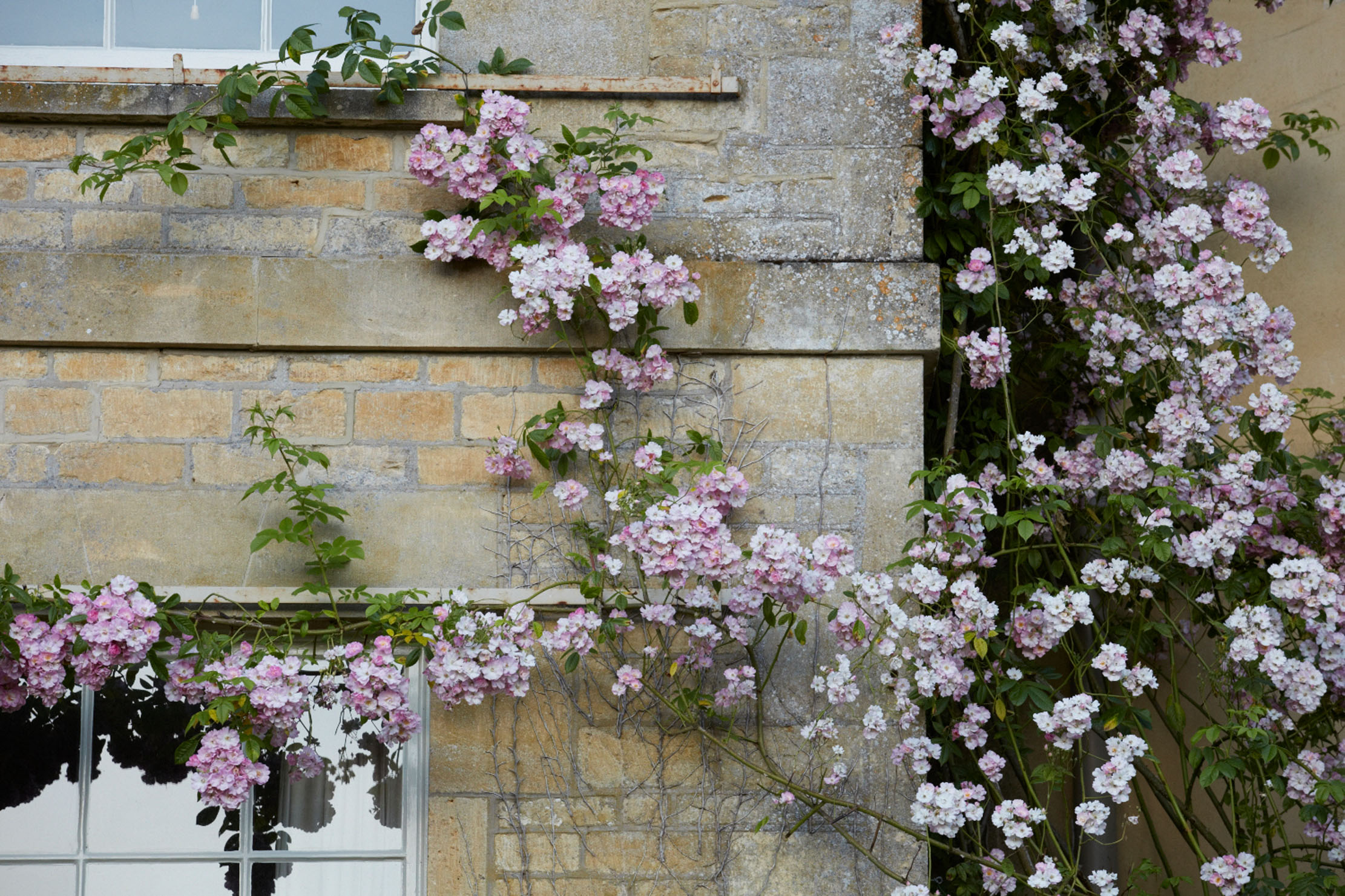
The roses are never sprayed. Mr Robinson says life is too short — fungal diseases may be unsightly, but they don’t appear until after most ramblers have flowered and, in any case, they never do any damage to the plant itself.
The only feeding the ramblers receive is half a barrowload of horse manure in winter. This acts as a slow-release fertiliser and helps to suppress the disease spores from the previous year. ‘We are not immaculate gardeners,’ says Mr Robinson. ‘We have a policy of benign neglect and there is a fine dividing line between chaos and romantic disorder.’
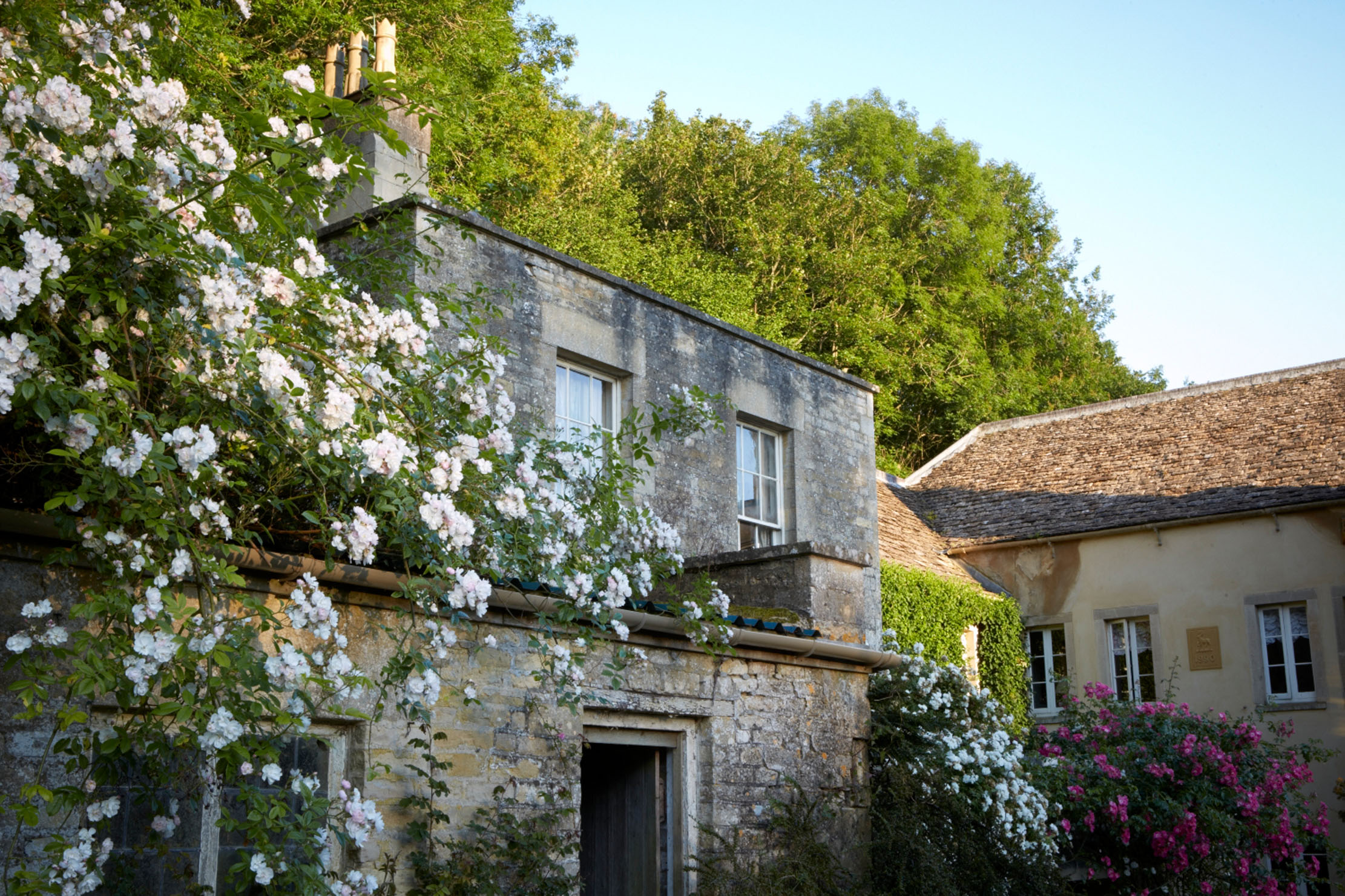
This is the modern way to manage a large garden and the reasons are clear: the garden has to fit in with family commitments and the demands of a busy life in the community. Mr Robinson sits on many committees and is a past president of the CLA. His grandparents employed four gardeners and his parents had two. Few of us can afford those historic levels of staffing. These days, a local Polish lady called Kasia comes to help at Moor Wood once a fortnight and the redoubtable Keith Rogers does the mowing and strimming. All the rest of the weeding, pruning and training of the roses the Robinsons do themselves, whenever they can find the time.
Yes, there will always be weeds but, believes Mr Robinson, ‘there are two ways to see ramblers. Either you study them close up and think about the immense variation in colour, shape and scent. Or you stand back, half-close your eyes and see blurry, colourful shapes, like an Impressionist painting’.
That is a modest man’s underestimate of one of midsummer’s most beautiful and romantic gardens in England.
Moor Wood, Gloucestershire — www.moorwoodroses.co.uk. Moor Wood also takes part in the NGS scheme, with some groups accepted by prior arrangement. Find out more.
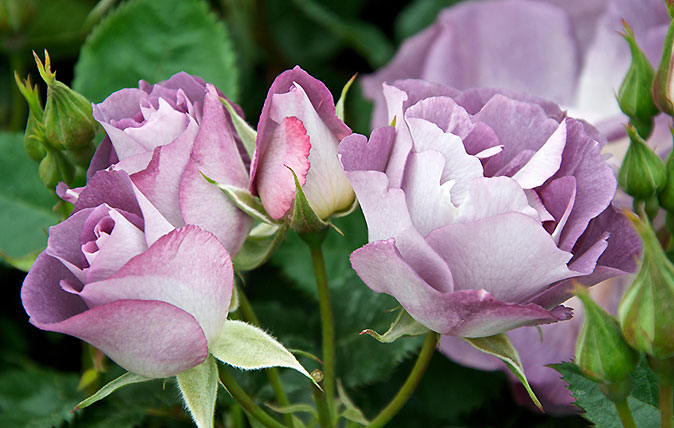
Ultimate guide to growing roses: What to plant, where to plant it, and why you really don’t need to prune
Charles Quest-Ritson, author of the RHS Encylcopedia of Roses, tells you everything you need to know about growing roses.
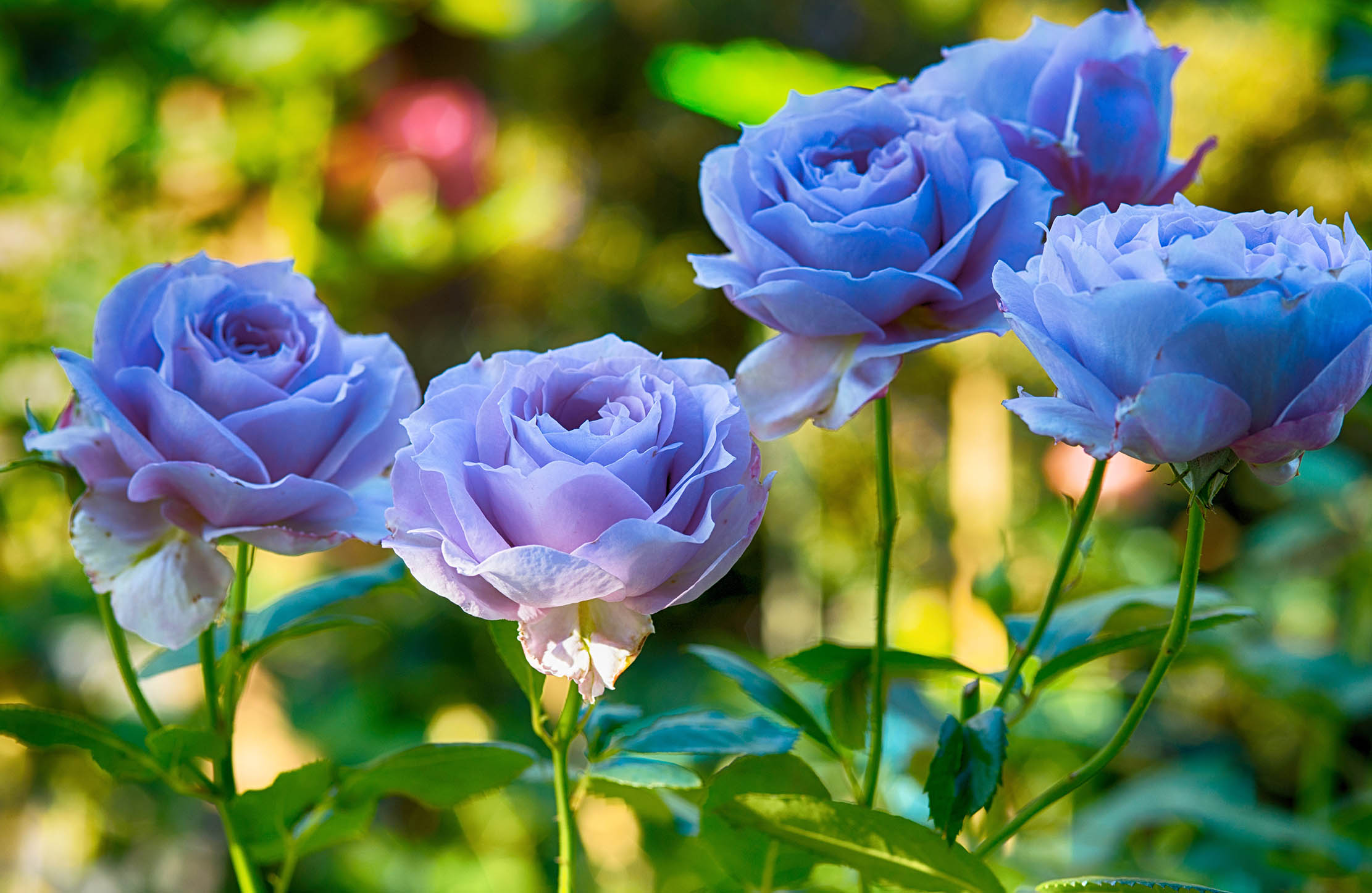
Curious Questions: Why is there no such thing as a truly blue rose? And will we ever have one?
Breeding a blue rose has long been the Holy Grail for plant breeders everywhere. Charles Quest-Ritson, author of the RHS
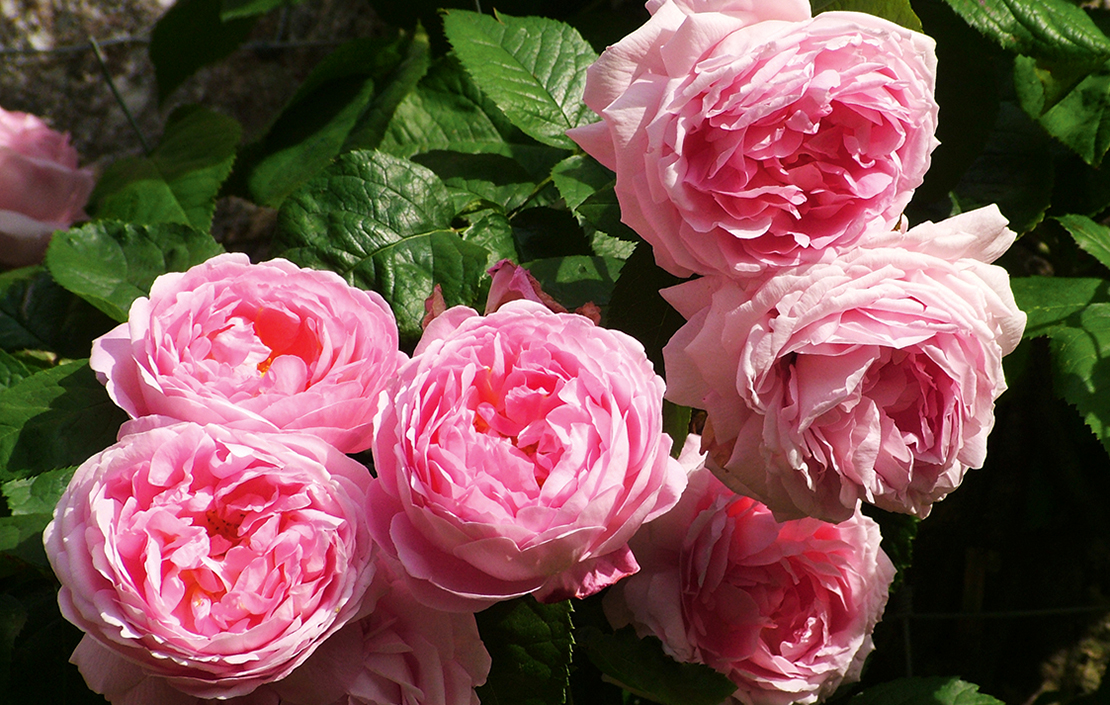
David Austin, Britain's late, great king of roses: The man who brought about 'a revolution in taste, expectations and how we garden'
Charles Quest-Ritson pays tribute to David Austin, the rose breeder and entrepreneur who passed away at the end of last
Charles Quest-Ritson is a historian and writer about plants and gardens. His books include The English Garden: A Social History; Gardens of Europe; and Ninfa: The Most Romantic Garden in the World. He is a great enthusiast for roses — he wrote the RHS Encyclopedia of Roses jointly with his wife Brigid and spent five years writing his definitive Climbing Roses of the World (descriptions of 1,6oo varieties!). Food is another passion: he was the first Englishman to qualify as an olive oil taster in accordance with EU norms. He has lectured in five languages and in all six continents except Antarctica, where he missed his chance when his son-on-law was Governor of the Falkland Islands.
-
 A rare opportunity to own a family home on Vanbrugh Terrace, one of London's finest streets
A rare opportunity to own a family home on Vanbrugh Terrace, one of London's finest streetsThis six-bedroom Victorian home sits right on the start line of the London Marathon, with easy access to Blackheath and Greenwich Park.
By James Fisher
-
 Materials, textures, construction, expression: A Brutalist watch on your wrist
Materials, textures, construction, expression: A Brutalist watch on your wristLuxury watchmakers are seeking to bridge the gap between two contrasting styles, with exciting results.
By Chris Hall